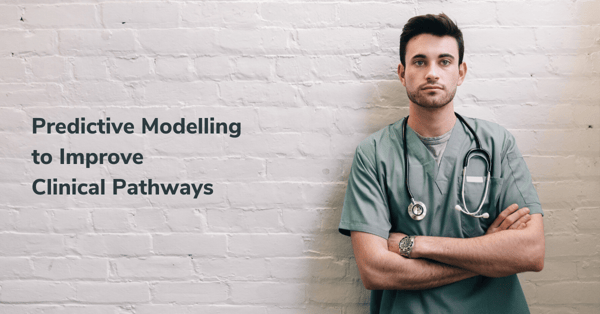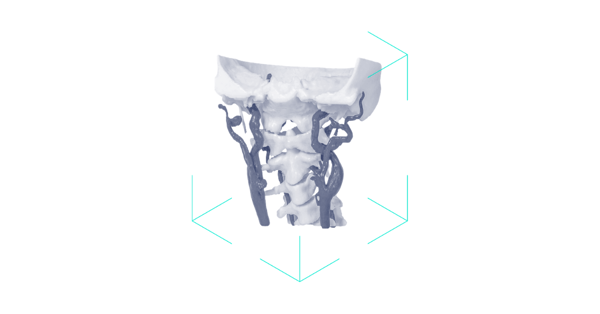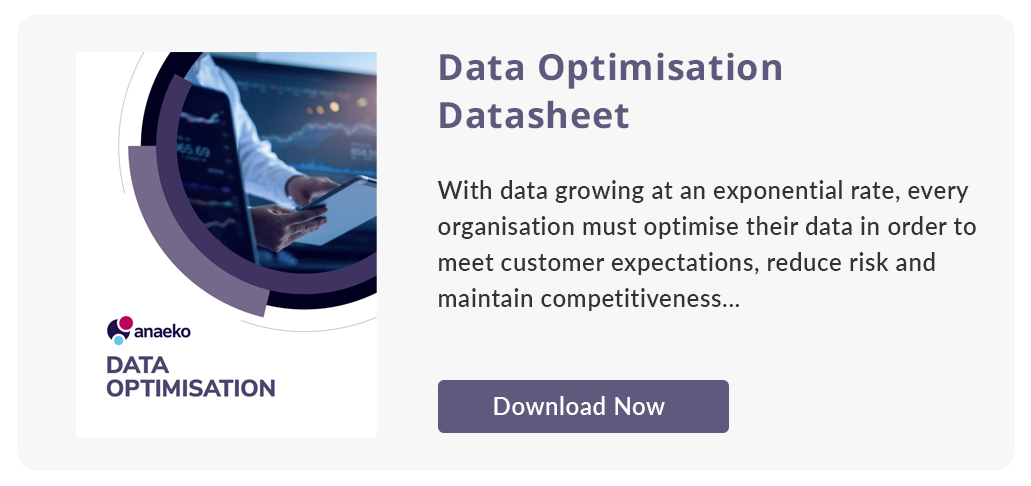
The healthcare industry produces and gathers a huge amount of data and this data has the potential to be used in predictive analytics modelling to help improve and forecast the demand on healthcare services. There are many ways in which predictive analytics could be used. Some companies are looking at forecasting hospital readmissions and others looking at predicting specific patient illnesses before they become serious.
Predictive Modelling to Improve Clinical Pathways

From predictive modelling, and a supportive infrastructure, clinical pathways could be improved by considering an individual’s care needs and forecasting the capacity constraints within the relevant health care service. Operating clinical pathways is challenging because of the need to deliver timely treatments for critical illnesses and for a full view of the patient's medical history. By using predictive modelling, machine learning, AI and detailed data analysis areas could be highlighted to show the ideal pathway for specific patient cases giving a high level of personalised care, increasing survival rates and utilising resources effectively. Detecting where workflows are failing in order to implement adaptions, add new scheduling and better infrastructure.
An example from Flagler Hospital in Saint Augustine, Florida, explains how it used AI to create a pneumonia pathway that enhanced care and reduced costs. “A pneumonia pathway saved $1,356 per patient, lowered length of stay by two days and significantly reduced readmission rates.” (by Bill Siwicki, Healthcare IT News)
Predictive Analytics is Transforming Patient Care

There is great pressure on all healthcare areas to coordinate care and improve patient care outcomes. This is when predictive analytics, machine learning, data modelling and AI come into focus for many organisations. Researchers and health organisations are looking at machine learning algorithms and predictive analytics to review additional insights into the risks and benefits of treating patients earlier and predicting the outcomes for specific illnesses to keep patients healthier and reduce resources.
One example that is effectively improving patient outcomes through AI is Axial3D. Axial3D are using an innovative approach to 3D printing by using machine-learning algorithms to automatically produce patient specific 3D models. These detailed models can be used in a variety of ways, including surgeons who can analyse the models to plan complex procedures and better predict the patient care outcomes.
Topics: Public Sector, Machine learning, Predictive analytics, Healthcare, Integrated Analytics, Predictive modelling



